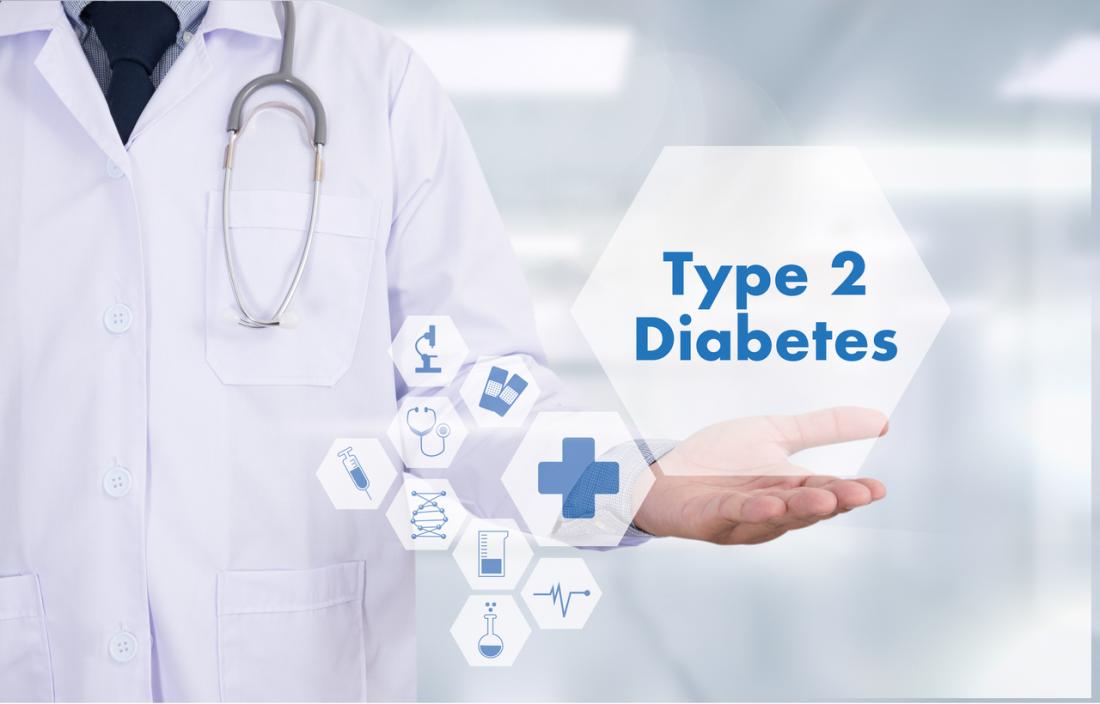Type 2 diabetes is a lifelong disease that keeps your body from using insulin the way it should. People with type 2 diabetes are said to have insulin resistance.
People who are middle-aged or older are most likely to get this kind of diabetes, so it used to be called adult-onset diabetes. But type 2 diabetes also affects kids and teens, mainly because of childhood obesity.
It’s the most common type of diabetes. There are about 29 million people in the U.S. with type 2. Another 84 million have prediabetes, meaning their blood sugar (or blood glucose) is high but not high enough to be diabetes yet.

The symptoms of type 2 diabetes can be so mild that you don’t notice them. About 8 million people who have it don’t know it. Symptoms include:
Dark rashes around your neck or armpits (called acanthosis nigricans) that are often a sign of insulin resistance
Your pancreas makes a hormone called insulin. It helps your cells turn glucose, a type of sugar, from the food you eat into energy. People with type 2 diabetes make insulin, but their cells don’t use it as well as they should.
At first, your pancreas makes more insulin to try to get glucose into your cells. But eventually, it can’t keep up, and the glucose builds up in your blood instead.
Usually, a combination of things causes type 2 diabetes. They might include:
Genes : Scientists have found different bits of DNA that affect how your body makes insulin.
Extra weight : Being overweight or obese can cause insulin resistance, especially if you carry your extra pounds around your middle.
Metabolic syndrome : People with insulin resistance often have a group of conditions including high blood sugar, extra fat around the waist, high blood pressure, and high cholesterol and triglycerides.
Too much glucose from your liver : When your blood sugar is low, your liver makes and sends out glucose. After you eat, your blood sugar goes up, and your liver will usually slow down and store its glucose for later. But some people’s livers don’t. They keep cranking out sugar.
Bad communication between cells : Sometimes, cells send the wrong signals or don’t pick up messages correctly. When these problems affect how your cells make and use insulin or glucose, a chain reaction can lead to diabetes.
Broken beta cells : If the cells that make insulin send out the wrong amount of insulin at the wrong time, your blood sugar gets thrown off. High blood sugar can damage these cells, too.
Certain things make it more likely that you’ll get type 2 diabetes. The more of these that apply to you, the higher your chances of getting it are. Some things are related to who you are:
Age: 45 or older
Family: A parent, sister, or brother with diabetes
Ethnicity: African
American, Alaska Native, Native American, Asian American, Hispanic or Latino, or Pacific Islander
American
Risk factors related to your health and medical history include:
Other things that raise your risk of diabetes have to do with your daily habits and lifestyle. These are the ones you can do something about:
Lifestyle changes
You may be able to reach your target blood sugar levels with diet and exercise alone.
Weight loss. Dropping extra pounds can help. While losing 5% to 10% of your body weight is good, losing 7% and keeping it off seems to be ideal. That means someone who weighs 180 pounds can change their blood sugar levels by losing around 13 pounds. Weight loss can seem overwhelming, but portion control and eating healthy foods are a good place to start.
Healthy eating . There’s no specific diet for type 2 diabetes. A registered dietitian can teach you about carbs and help you make a meal plan you can stick with. Focus on:
Eating fewer calories
Cutting back on refined carbs, especially sweets
Adding veggies and fruits to your diet
Getting more fiber
Exercise. Try to get 30 to 60 minutes of physical activity every day. You can walk, bike, swim, or do anything else that gets your heart rate up. Pair that with strength training, like yoga or weightlifting. If you take a medication that lowers your blood sugar, you might need a snack before a workout.
Watch your blood sugar levels: Depending on your treatment, especially if you’re on insulin, your doctor will tell you if you need to test your blood sugar levels and how often to do it.
Adopting a healthy lifestyle can help you lower your risk of diabetes.
Lose weight . Dropping just 7% to 10% of your weight can cut your risk of type 2 diabetes in half.
Get active. Thirty minutes of brisk walking a day will cut your risk by almost a third.
Eat right. Avoid highly processed carbs, sugary drinks, and trans and saturated fats. Limit red and processed meats.
Quit smoking . Work with your doctor to keep from gaining weight after you quit, so you don’t create one problem by solving another.
Over time, high blood sugar can damage and cause problems with your: